When the temperatures drop and your normally active bearded dragon starts acting lethargic, eating less, or hiding more, it might not be illness—it could be brumation. This natural hibernation-like state often confuses or worries new reptile owners who mistake it for sickness. Understanding brumation is essential for proper bearded dragon care and can save both you and your scaled companion unnecessary stress. In this comprehensive guide, we’ll explore what brumation is, why it happens, how to identify it, and most importantly, how to properly care for your bearded dragon during this natural cycle.
What Is Brumation?

Brumation is a hibernation-like state that reptiles, including bearded dragons, enter during colder months. Unlike true hibernation in mammals, brumation is characterized by periods of inactivity punctuated by occasional movement, drinking, and sometimes even eating, albeit much less frequently than normal. In the wild, bearded dragons brumate to conserve energy during the Australian winter when food becomes scarce and temperatures drop. This evolutionary adaptation allows them to survive unfavorable conditions by significantly lowering their metabolism and energy requirements. Even though captive bearded dragons live in temperature-controlled environments, many still follow this instinctual cycle, responding to subtle environmental cues like reduced daylight hours.
Why Do Bearded Dragons Brumate?
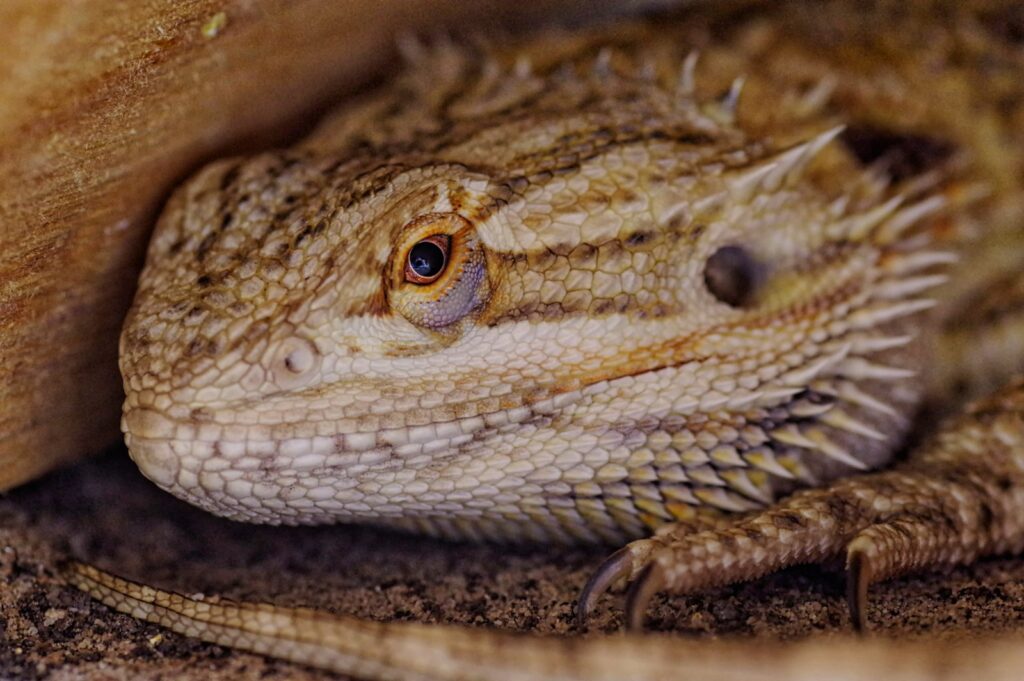
Bearded dragons brumate primarily due to their evolutionary programming, which is triggered by seasonal changes. In their native habitat of central Australia, winters bring cooler temperatures and reduced food availability, making brumation a survival mechanism. This instinct remains strong even in captivity, where dragons may respond to changes in daylight hours, slight temperature fluctuations, or other environmental cues that mimic seasonal changes. Some dragons brumate annually, while others may never brumate or may do so irregularly. Genetics likely play a role in brumation tendencies, with some bloodlines showing stronger brumation patterns than others. Interestingly, brumation also serves a reproductive purpose, as the dormant period helps reset and prepare dragons’ reproductive systems for the coming breeding season.
Signs Your Bearded Dragon Is Brumating
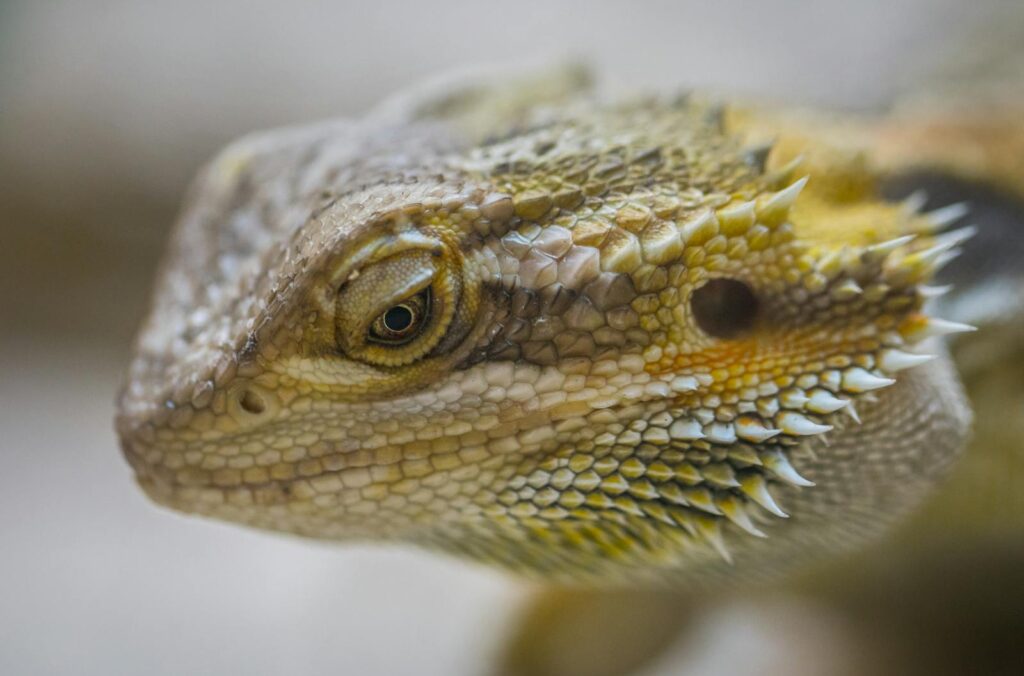
Identifying brumation can help distinguish it from illness, which requires veterinary attention. A brumating bearded dragon typically shows decreased appetite or complete food refusal, though they may still drink water occasionally. Reduced activity is another key sign, with your dragon spending more time sleeping, hiding in caves or burrowing in substrate, and showing less interest in interaction or exploration. You may notice your pet spending more time in cooler areas of the enclosure rather than basking spots. Their bowel movements will significantly decrease due to reduced food intake, sometimes ceasing entirely for weeks. Despite these changes, a brumating dragon should maintain a healthy weight and appearance without signs of illness such as sunken eyes, mucus, or abnormal breathing.
When Does Brumation Occur?
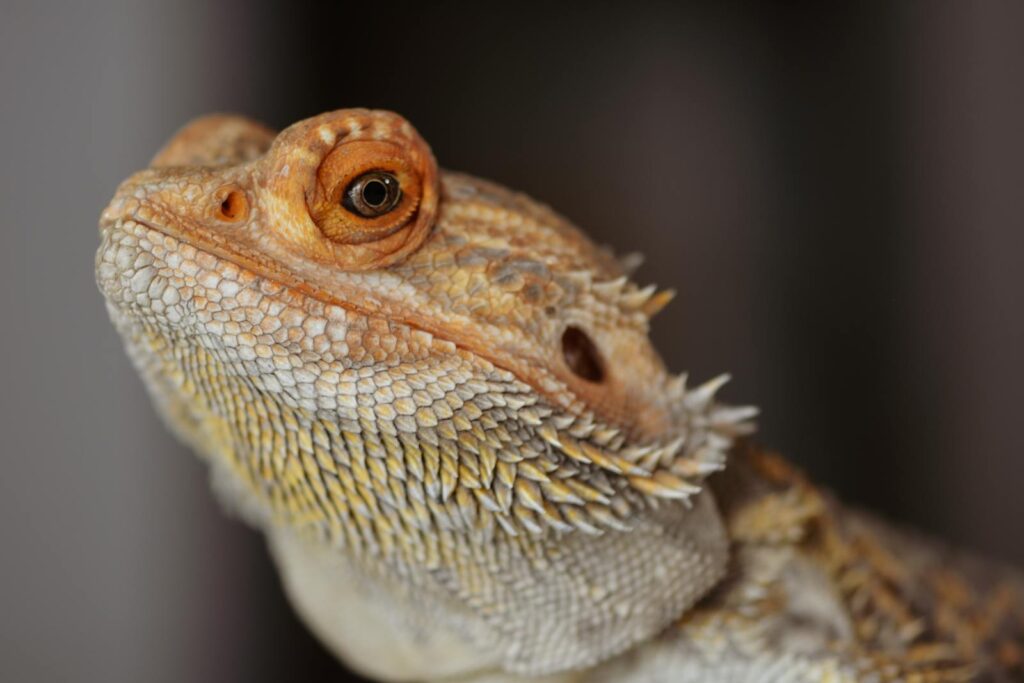
In captivity, bearded dragons typically begin brumation in fall or early winter, often between October and December in the Northern Hemisphere. This period usually lasts anywhere from a few weeks to four months, though individual dragons vary greatly. Some bearded dragons brumate like clockwork every year, while others may never enter brumation or may do so sporadically. First-time brumation often occurs when a dragon reaches sexual maturity, usually between one and two years of age, though juvenile dragons occasionally brumate as well. The timing can be influenced by lighting schedules, ambient room temperature, and even the owner’s seasonal behaviors that might signal environmental changes to the reptile.
Brumation vs. Illness: How to Tell the Difference
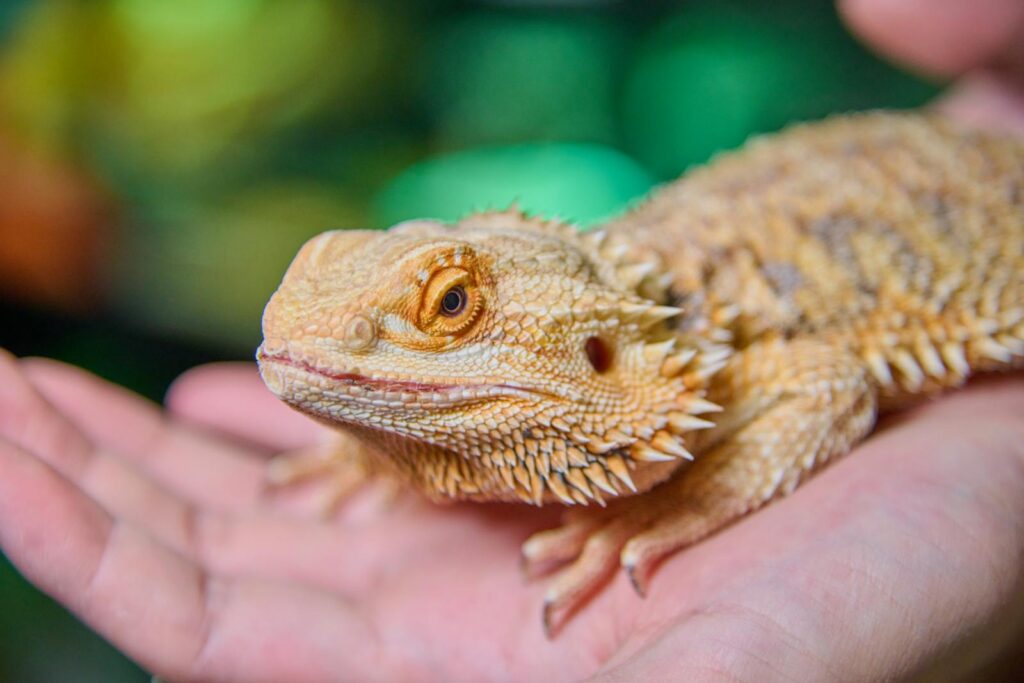
Distinguishing between brumation and illness is crucial for responsible bearded dragon care. During brumation, dragons remain responsive when handled, even if sluggish, and maintain clear eyes, normal breathing, and relatively consistent weight. In contrast, a sick bearded dragon may show additional symptoms like weight loss exceeding 10%, sunken eyes, discolored or swollen limbs, abnormal breathing, discharge from eyes or mouth, or unusual stool consistency or color. The seasonal timing can also provide clues—sudden lethargy in summer is less likely to be brumation than similar behavior in fall or winter. When in doubt, a veterinary check-up is always recommended, especially before a dragon’s first brumation or if behavior seems unusually extreme. A fecal parasite check before brumation can help ensure your dragon isn’t carrying a parasite load that could become problematic during the low-metabolism period.
Preparing Your Bearded Dragon for Brumation

Proper preparation can help ensure a safe brumation period for your bearded dragon. Schedule a veterinary check-up about a month before expected brumation to confirm your dragon is healthy and parasite-free, as health issues can worsen during the low-metabolism state of brumation. In the weeks leading up to brumation, continue offering food while your dragon is still eating, focusing on nutrient-dense options to build up their reserves. Ensure proper hydration through regular baths and fresh water availability, as dehydration poses a significant risk during brumation. Clean and disinfect the entire enclosure thoroughly before brumation begins to prevent bacterial growth during this period. Consider adjusting your lighting schedule to mimic natural seasonal changes, gradually reducing daylight hours to 8-10 hours daily, which can help ease your dragon into the brumation state naturally.
Creating the Ideal Brumation Environment
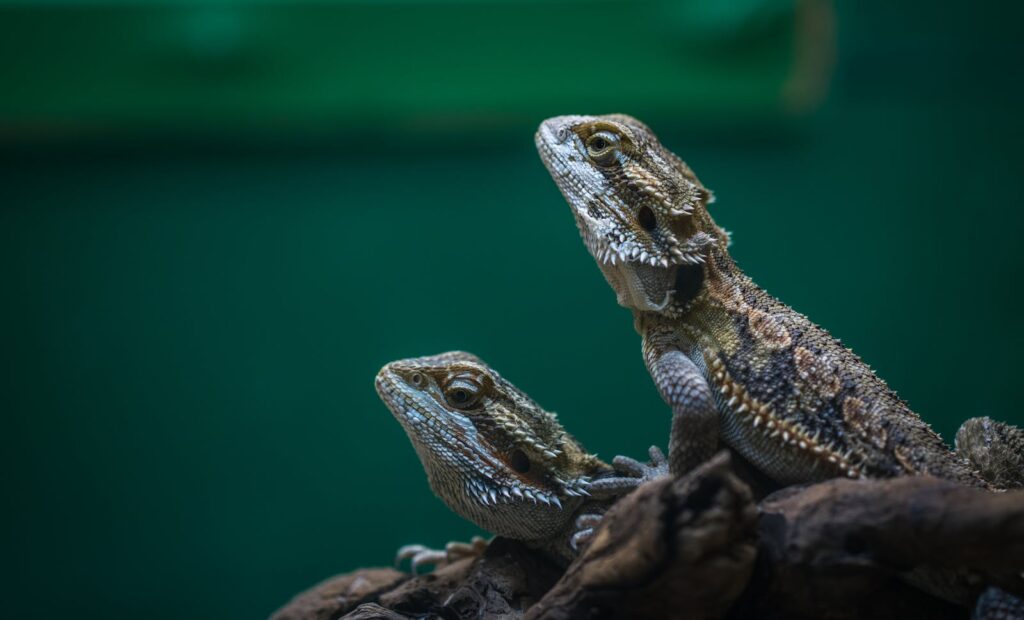
The right environmental conditions are essential for a safe and comfortable brumation period. Provide a secure hiding spot like a cave, box, or burrowing substrate where your dragon can retreat and feel protected. While maintaining proper thermal gradients is important, many owners slightly reduce the overall enclosure temperature during brumation, with daytime ambient temperatures around 75-80°F (24-27°C) and basking spots at 85-90°F (29-32°C) instead of the usual higher temperatures. Continue providing UVB lighting during daylight hours, even if reduced, as complete darkness for extended periods isn’t natural even in brumation. Humidity should remain in the safe range of 30-40% to prevent respiratory issues, and substrate should be clean and dry unless you’re using a bioactive setup designed for burrowing. Some dragons prefer complete darkness during brumation, so consider providing deeper or more enclosed hiding spaces than usual.
Feeding During Brumation: What to Expect
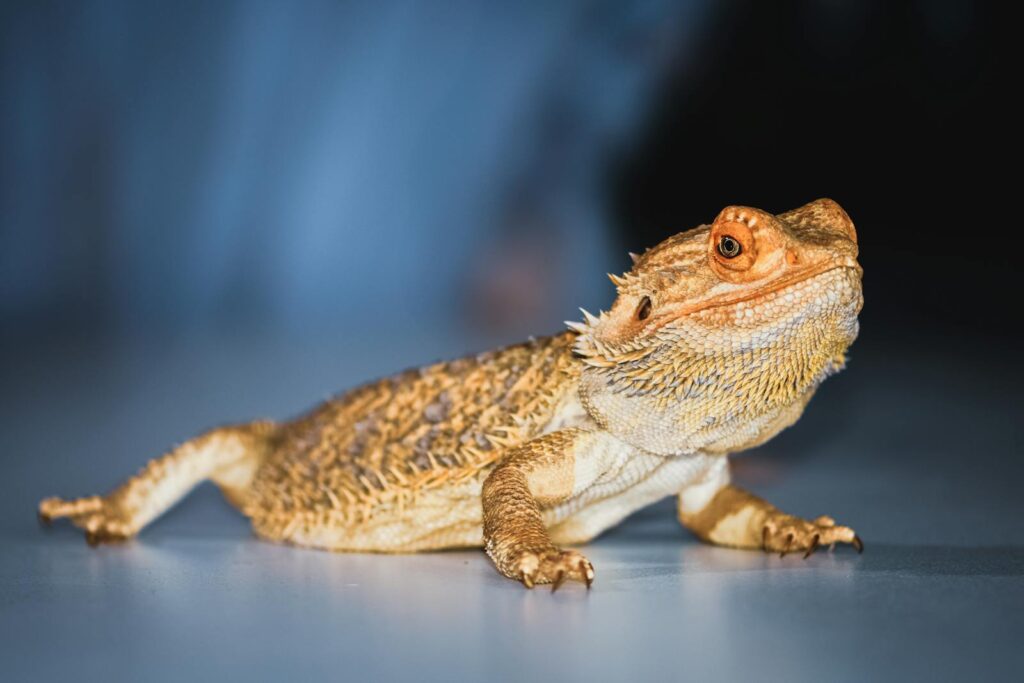
Food intake changes dramatically during brumation, and understanding these changes helps prevent unnecessary worry. Most bearded dragons significantly reduce or completely stop eating during brumation, which is normal and shouldn’t cause concern if they were healthy beforehand. Continue offering food once weekly during the early brumation period, though don’t be surprised if your dragon shows no interest. If your dragon does eat during brumation, ensure they have access to proper basking temperatures for at least 24 hours afterward to aid digestion, as food can rot in their digestive tract if temperatures are too low to process it. Water remains essential even during brumation, so always maintain a small, clean water dish in the enclosure and consider weekly soaks in lukewarm water to prevent dehydration. Watch for any bowel movements after soaks, which is a good sign that your dragon’s digestive system is still functioning properly even in its slowed state.
Monitoring Health During Brumation
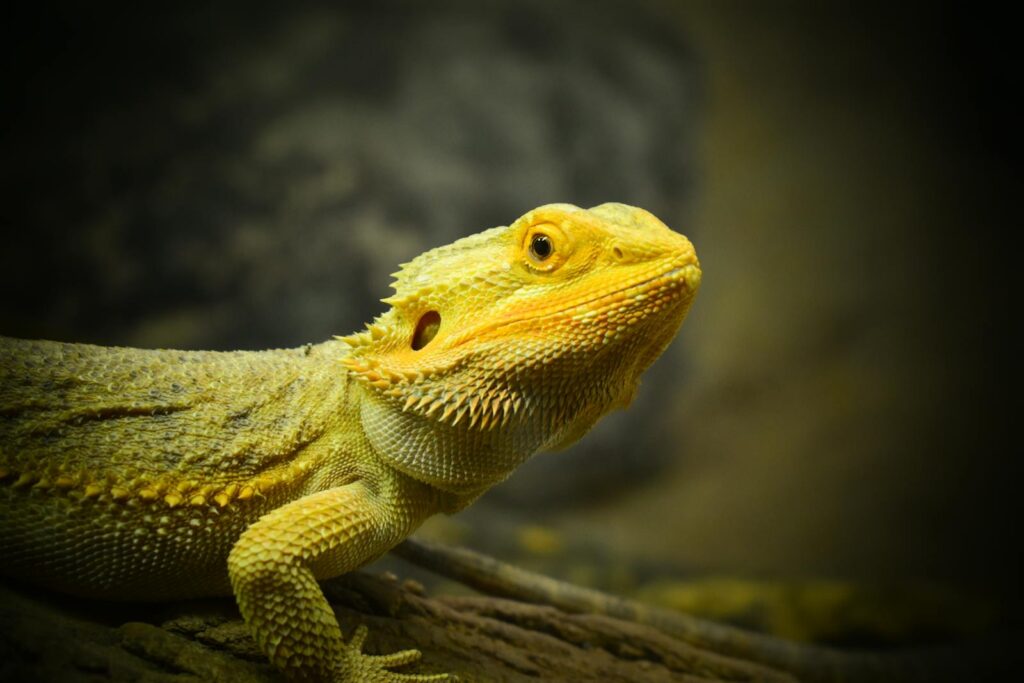
Regular monitoring during brumation helps ensure your dragon remains healthy throughout this vulnerable period. Weigh your bearded dragon weekly using a digital scale, recording results to track any concerning weight loss—while some weight loss is normal, drops exceeding 10% warrant veterinary attention. Check for signs of dehydration by gently pinching the skin on the back or belly; if it doesn’t quickly return to normal position, hydration may be needed. Observe breathing patterns during rest, which should remain slow but regular without wheezing, gasping, or open-mouth breathing. Carefully examine your dragon during weekly warm soaks, checking for abnormalities like swelling, discoloration, or wounds. Despite their decreased activity, brumating dragons should still be alert and responsive when handled, even if sluggish; complete unresponsiveness could indicate a more serious condition requiring immediate veterinary care.
When to Wake Your Dragon from Brumation

In most cases, bearded dragons should be allowed to complete their natural brumation cycle without forced awakening. Your dragon will typically emerge from brumation naturally as their internal clock signals the appropriate time, often coinciding with lengthening daylight hours in late winter or early spring. However, intervention may be necessary in certain situations, such as if your dragon loses more than 10% of their body weight, shows signs of illness like abnormal breathing or discharge, or if brumation extends beyond 4-5 months. To gently encourage awakening when needed, gradually increase basking temperatures by a few degrees and extend daylight hours by 30 minutes every few days until reaching normal parameters. Offer small amounts of easily digestible foods like hornworms or small roaches once your dragon begins showing more activity, slowly working back to normal feeding schedules as full awakening occurs.
Post-Brumation Behavior and Care
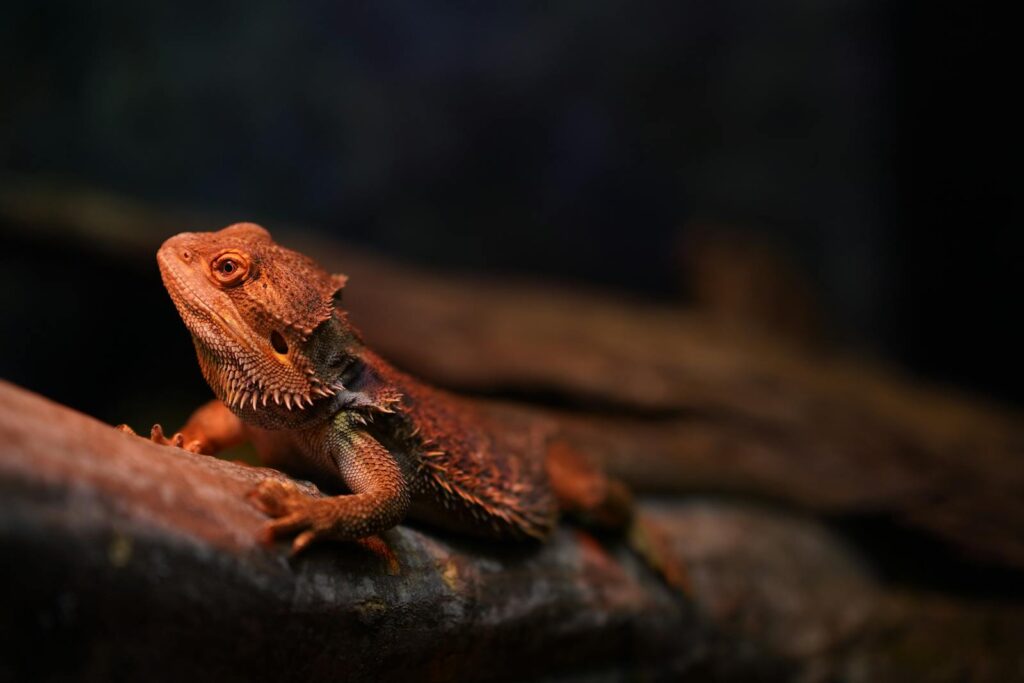
The transition period after brumation requires special attention as your dragon returns to normal activity levels. Expect a gradual return to normal behavior over 1-3 weeks rather than an immediate switch to full activity. Reintroduce food slowly, starting with easily digestible options like hornworms, silkworms, or small roaches before offering fuller meals to avoid digestive stress. Hydration is particularly important during this period, so continue offering regular baths and fresh water. Male bearded dragons often emerge from brumation with heightened breeding behaviors, including head bobbing, arm waving, or more territorial displays, which is normal and hormone-driven. Females may develop eggs post-brumation even without mating, requiring proper calcium supplementation and possibly veterinary support if egg binding occurs. Resume normal supplementation schedules with calcium and vitamins as feeding returns to normal to replenish nutrients depleted during brumation.
Brumation Myths and Misconceptions
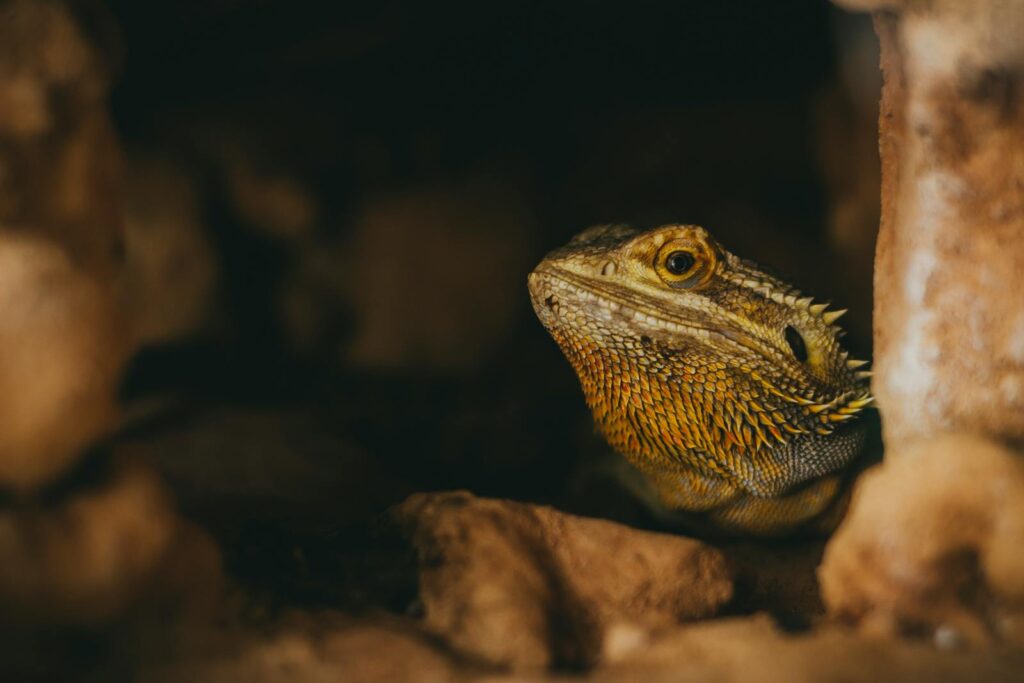
Several common misconceptions about brumation can lead to improper care for bearded dragons. Contrary to popular belief, brumation is not the same as hibernation—reptiles maintain some level of consciousness and occasional activity rather than entering deep sleep. Another myth suggests that captive bearded dragons should not brumate, but preventing this natural process can actually cause stress and disrupt their biological rhythms. Some owners mistakenly believe all dragons brumate on the same schedule or for the same duration, when in reality, brumation varies greatly between individuals. The idea that young dragons don’t brumate is also false; while less common, juveniles can and sometimes do enter brumation states. Perhaps most dangerously, some owners believe a dragon should be completely undisturbed during brumation, when in fact regular health monitoring remains essential to catch any potential problems early.
When to Seek Veterinary Help

While brumation is natural, certain signs indicate a need for professional veterinary assessment. Seek immediate veterinary care if your brumating dragon experiences rapid weight loss exceeding 10% of body weight, shows signs of respiratory distress such as wheezing or open-mouth breathing, develops swelling or discoloration of limbs or joints, or produces abnormal waste with unusual colors or consistency. Complete unresponsiveness when handled, rather than just sluggishness, may indicate a more serious condition requiring medical attention. If brumation extends beyond four months without any periods of wakefulness for drinking, consider veterinary consultation to assess your dragon’s health status. Prior to brumation, scheduling a wellness check with a reptile-experienced veterinarian can help identify any underlying health issues that might be exacerbated during the low-metabolism state, potentially preventing complications before they arise.
Conclusion
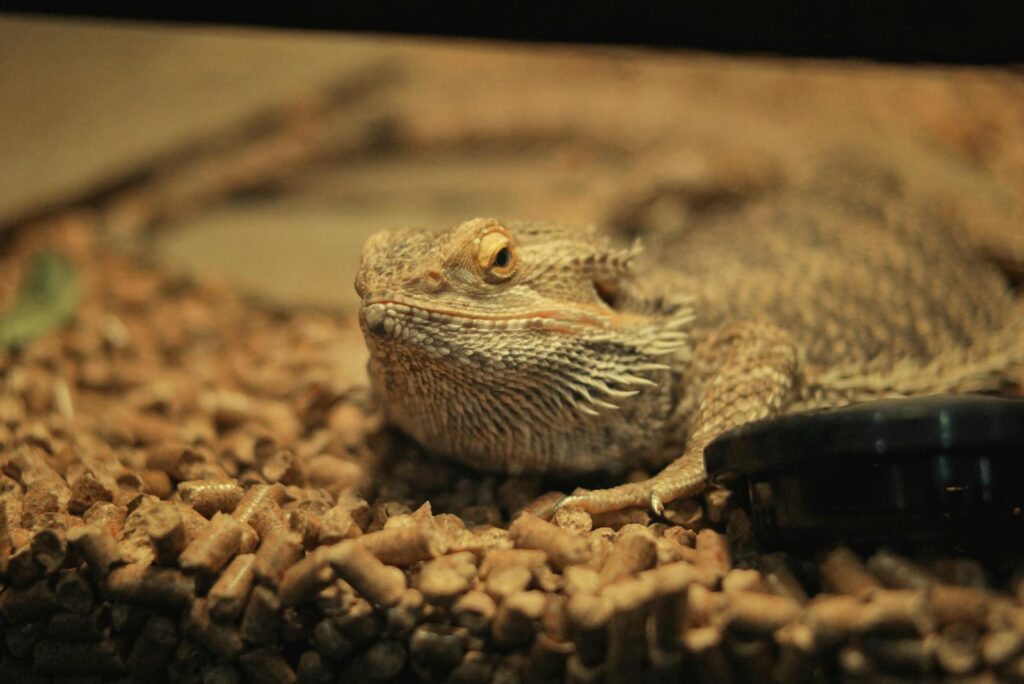
Brumation represents a fascinating aspect of bearded dragon biology that connects these captive pets to their wild heritage. By understanding the natural cycle of brumation, providing appropriate care during this period, and knowing when to seek professional help, bearded dragon owners can ensure their reptilian companions navigate this natural process safely. Remember that individual dragons vary greatly in their brumation behaviors—some may never brumate, while others follow predictable annual patterns. The key is observation, preparation, and appropriate response to your specific dragon’s needs. With proper care during brumation, your bearded dragon will emerge healthy and ready to enjoy the more active seasons ahead, strengthening the bond between you and your scaly friend through another successfully navigated life cycle.

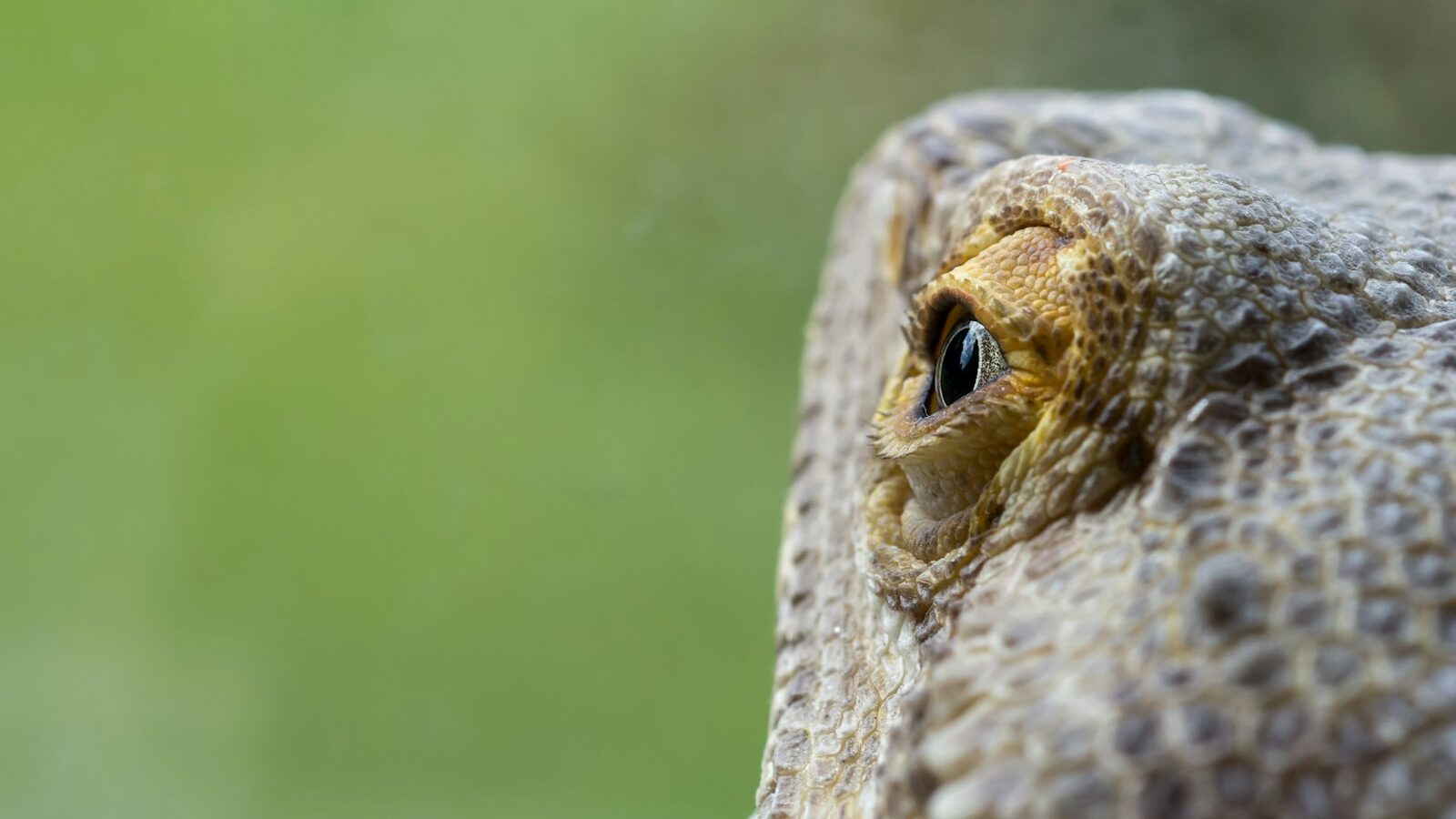
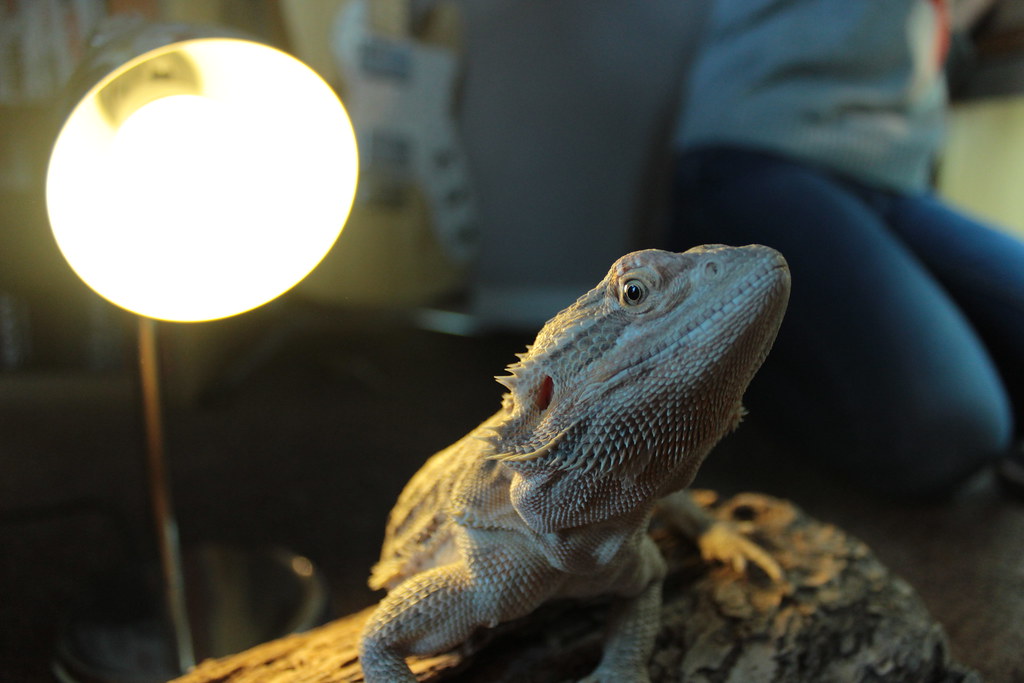
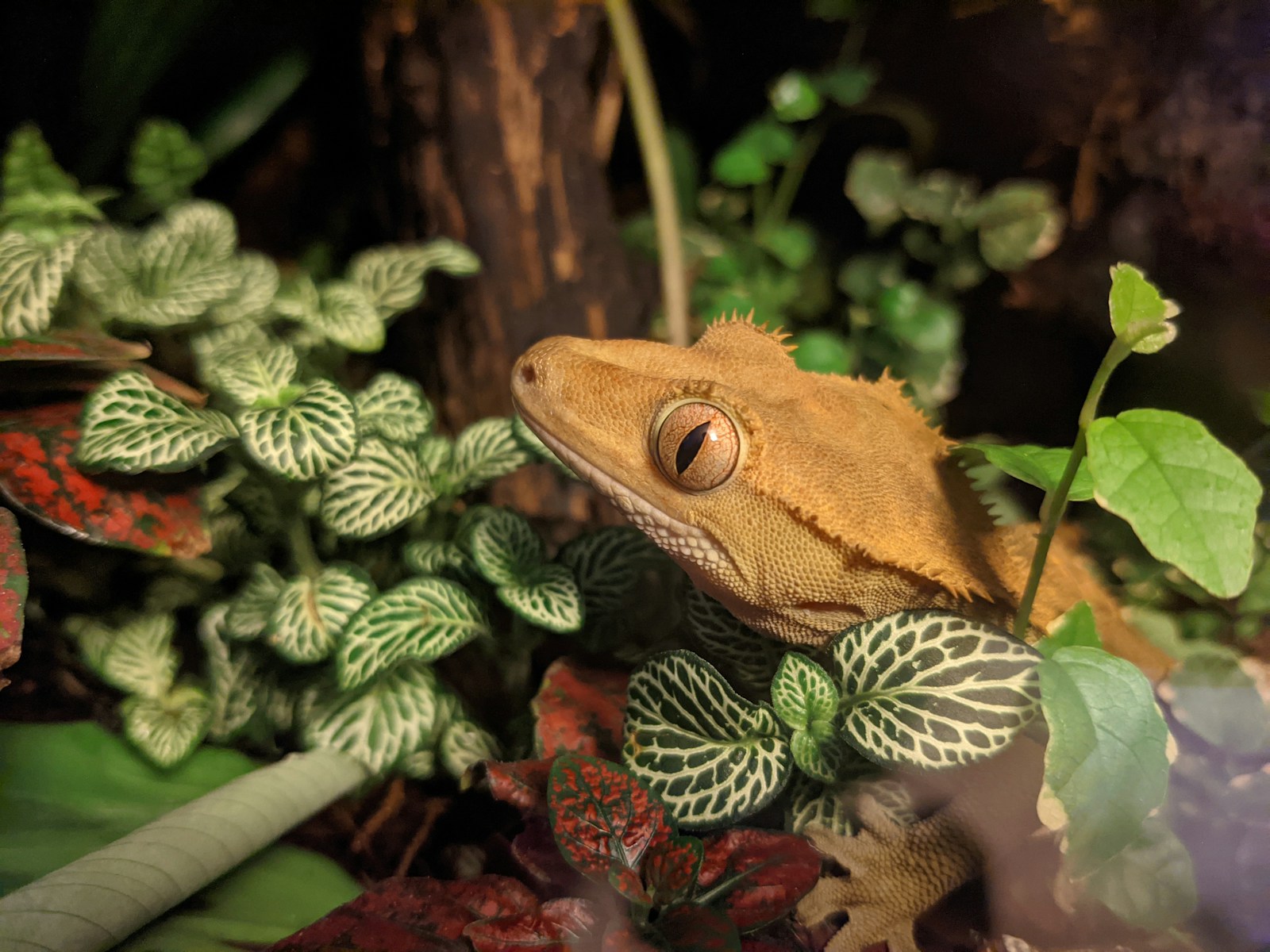

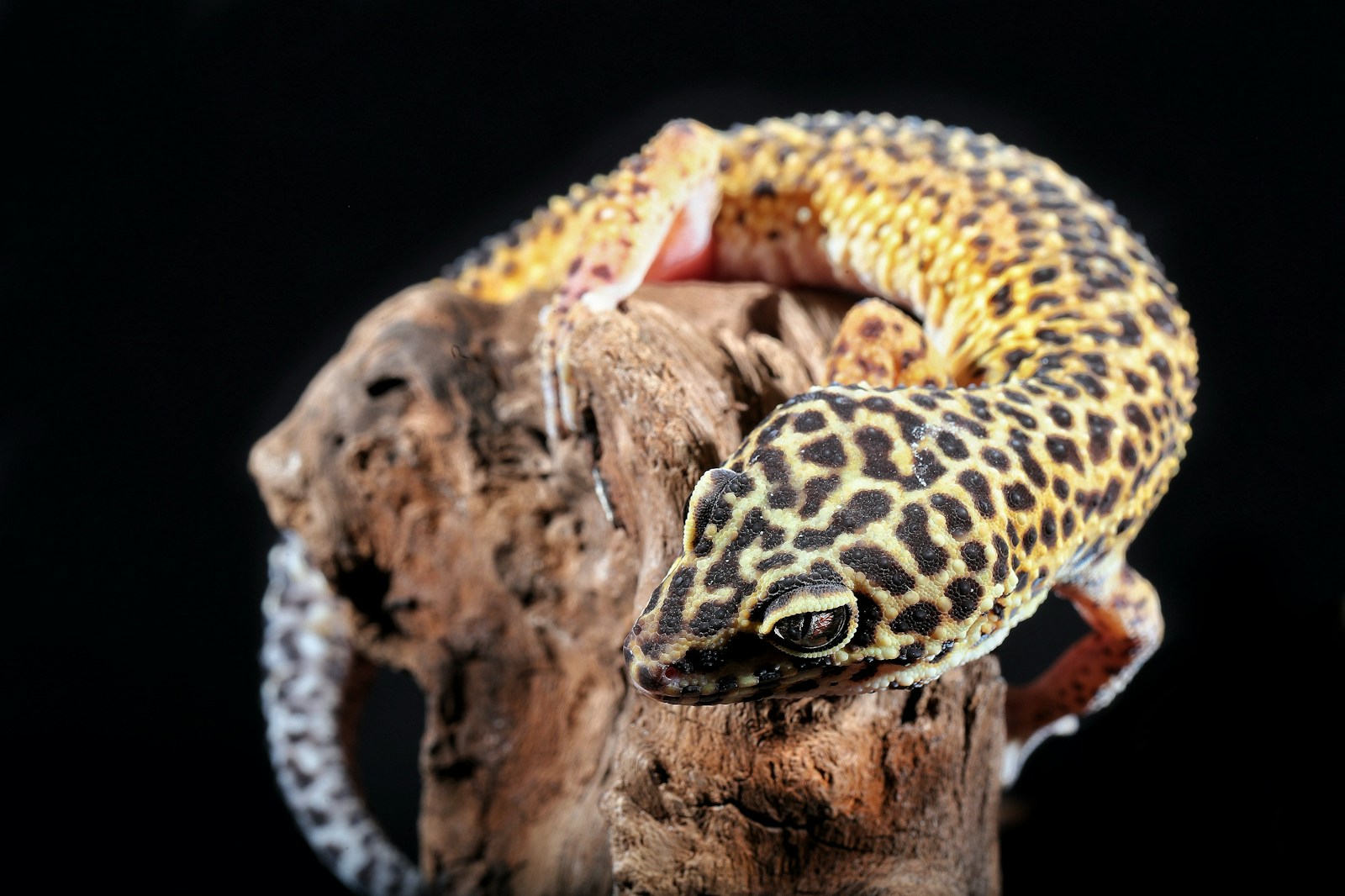

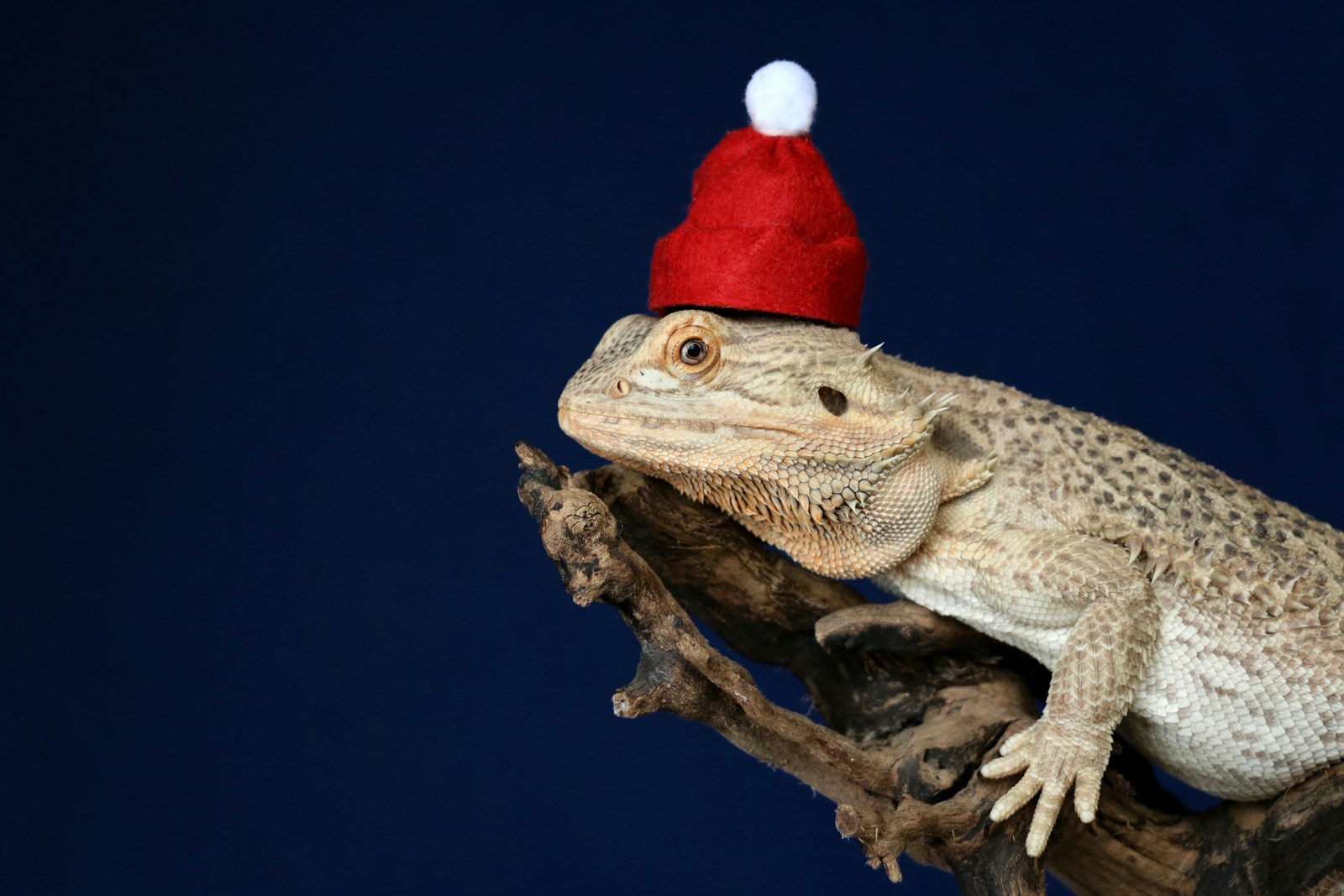

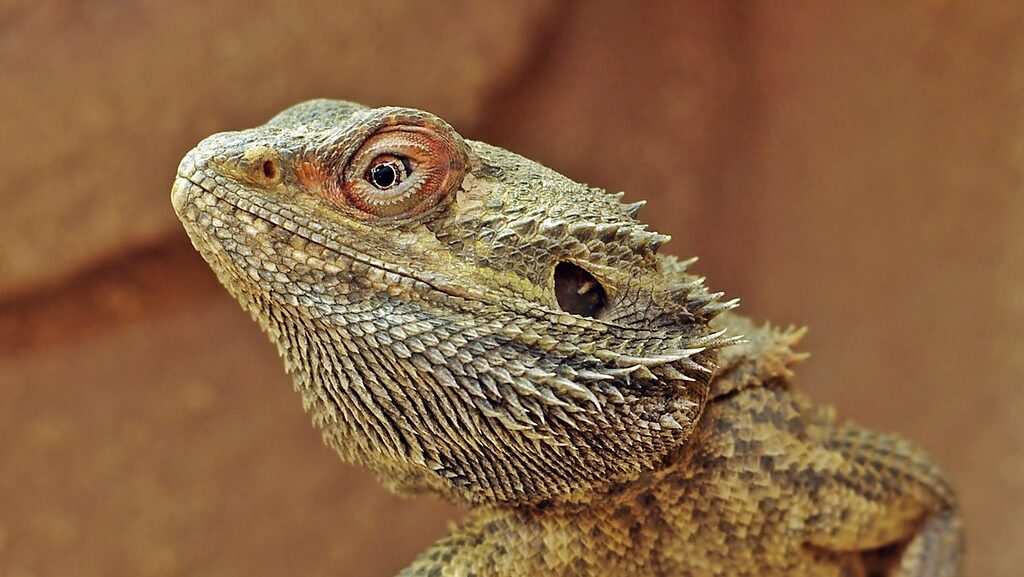
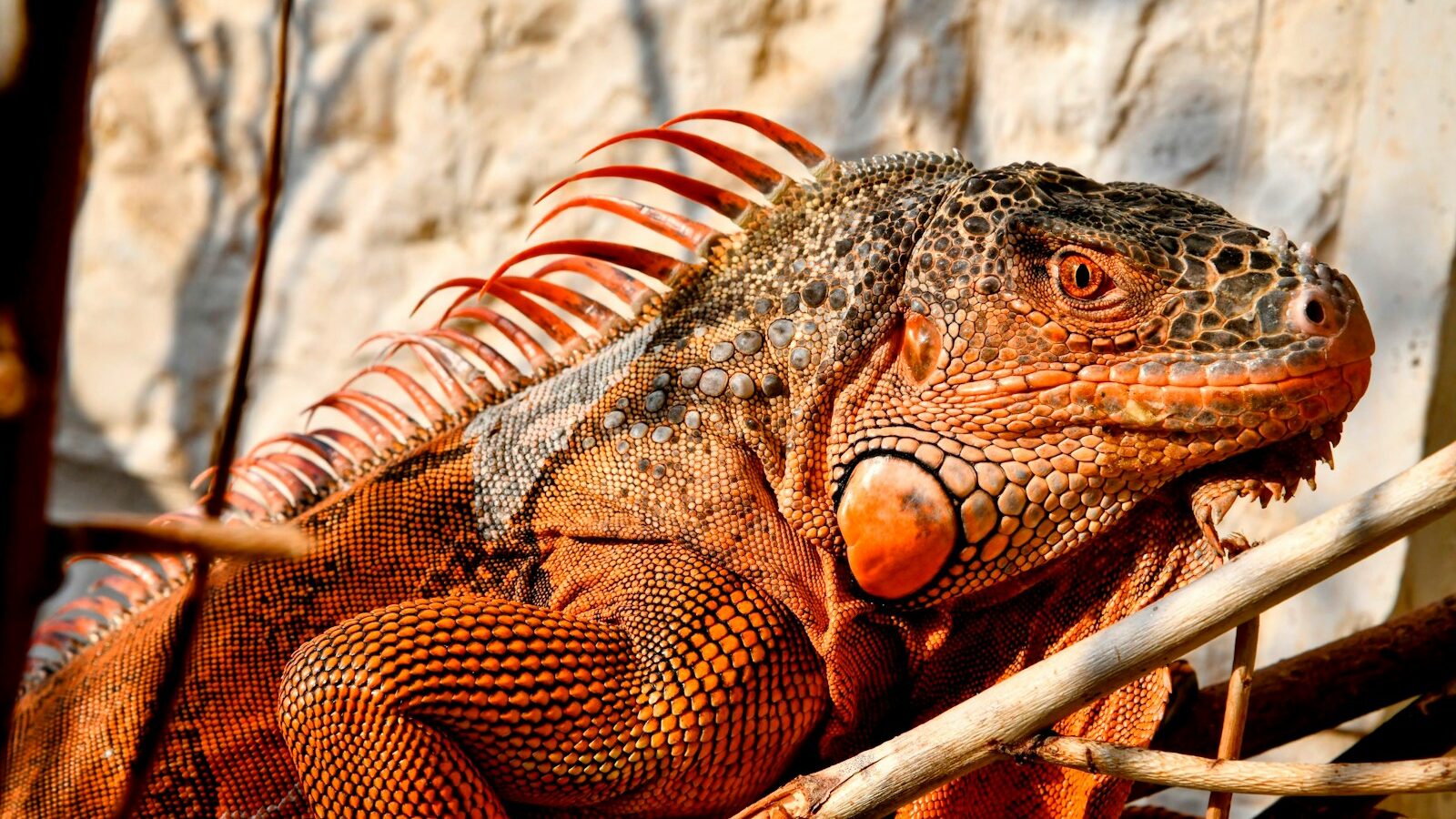
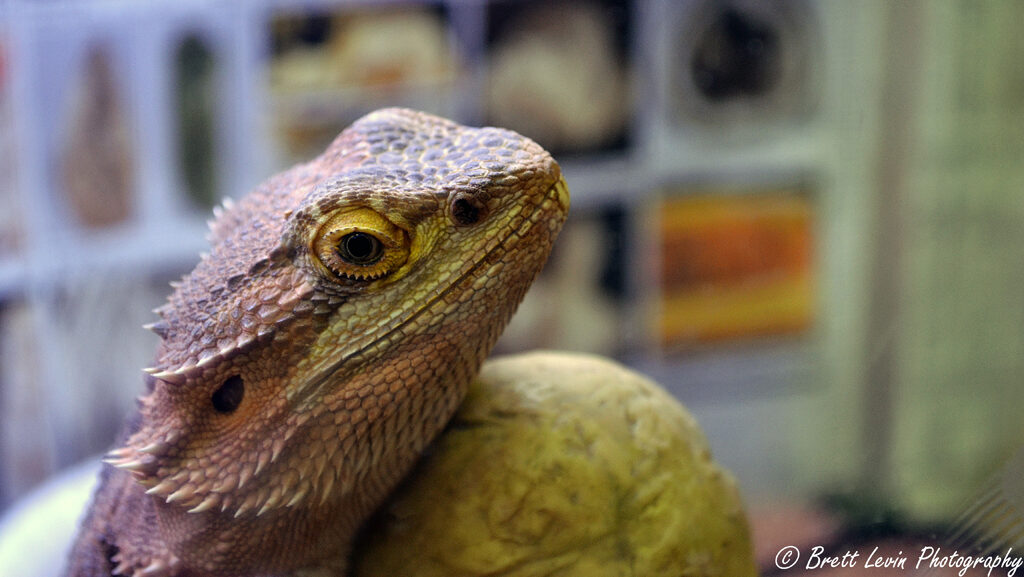
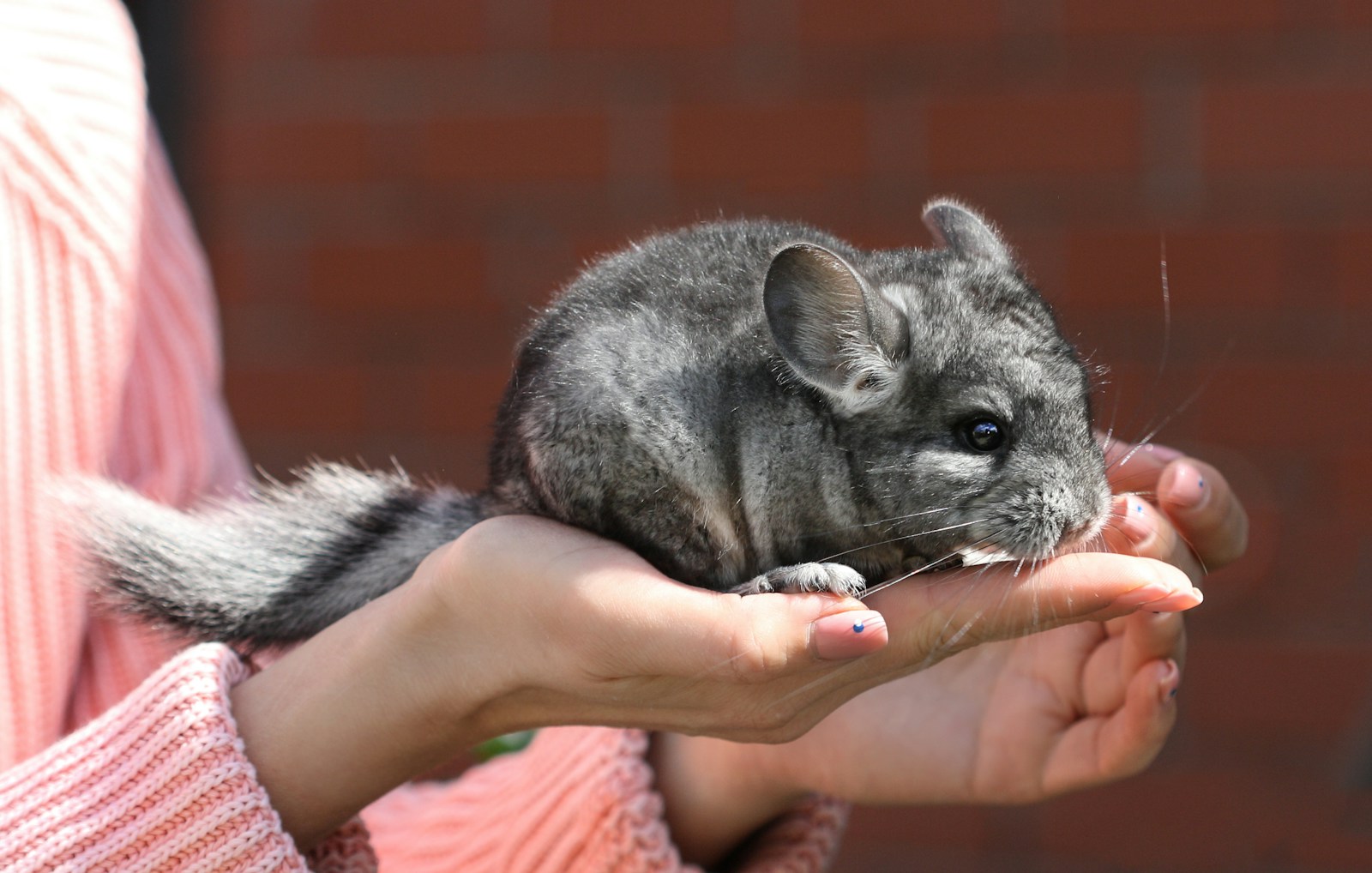

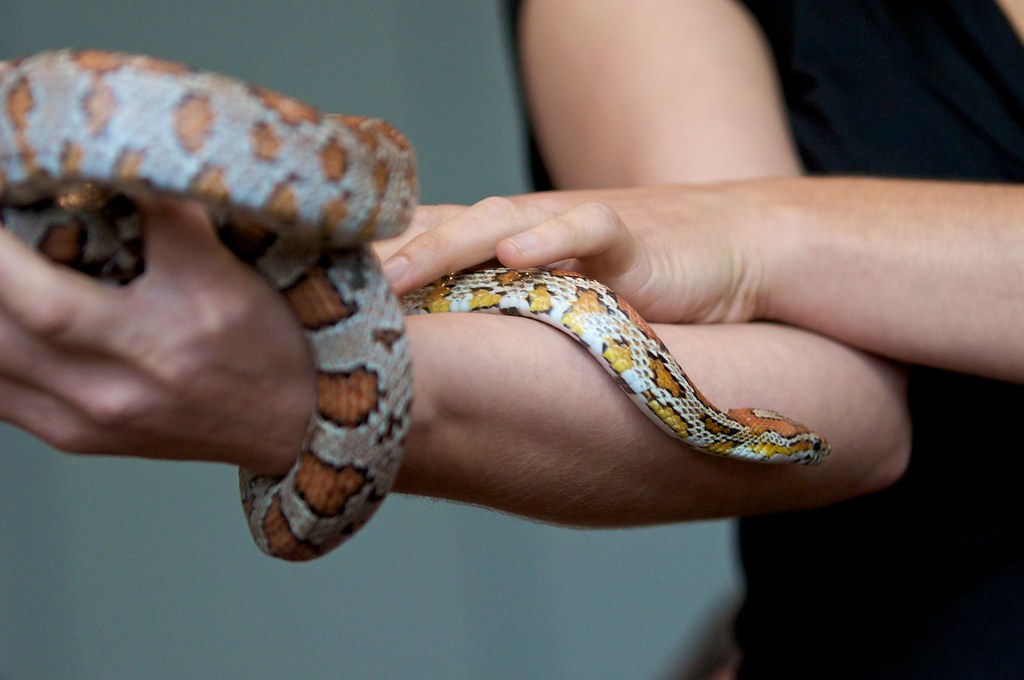
Leave a Reply